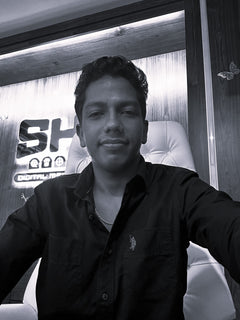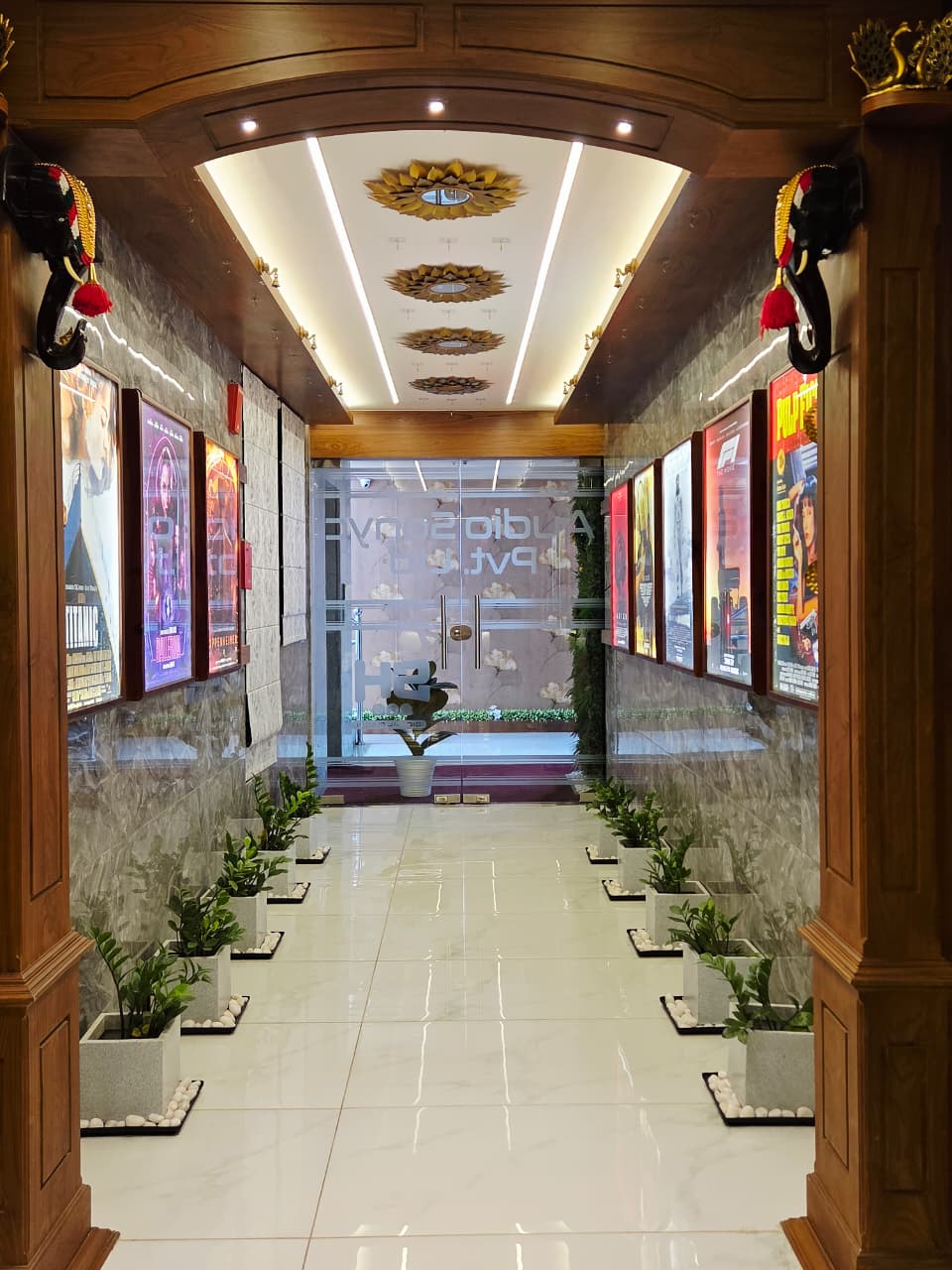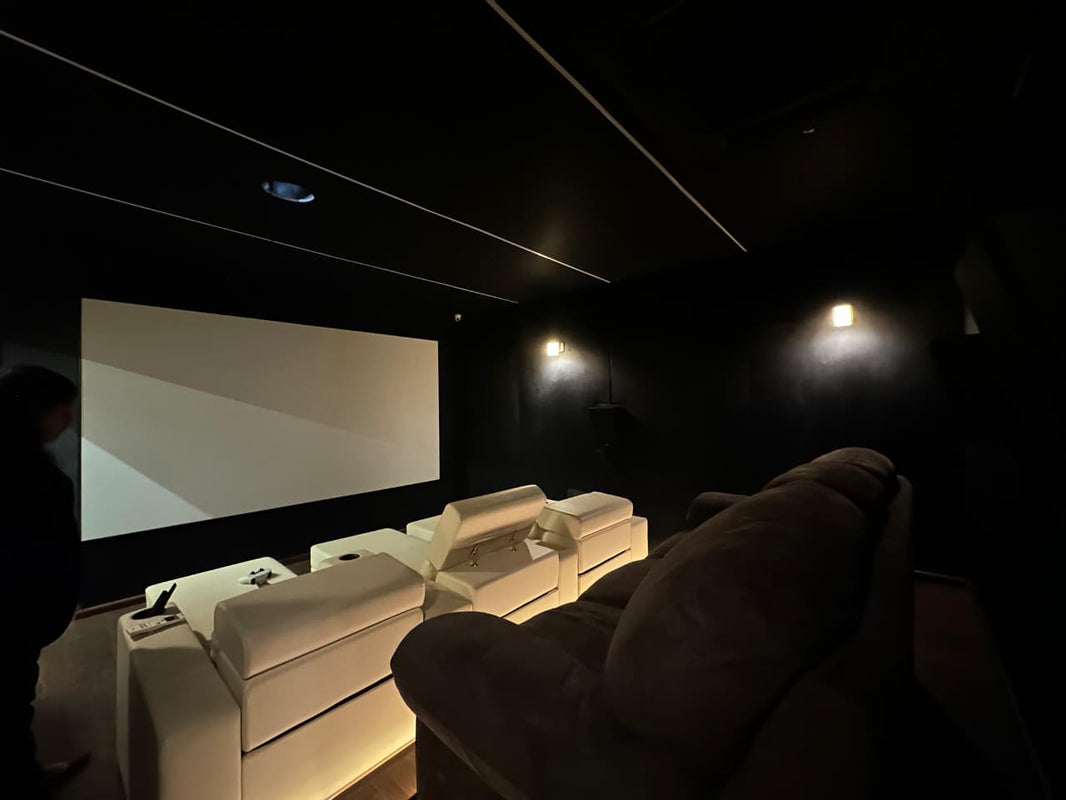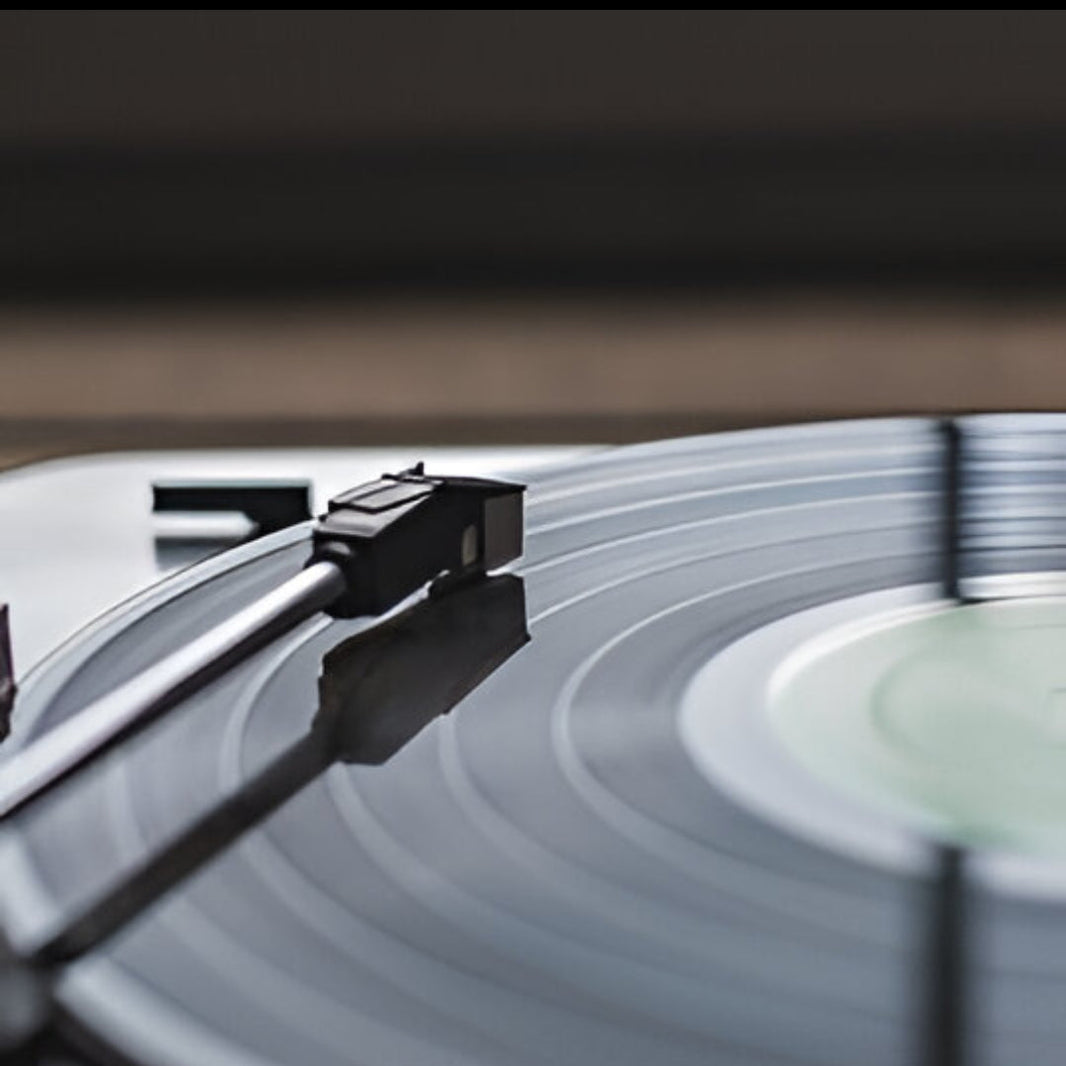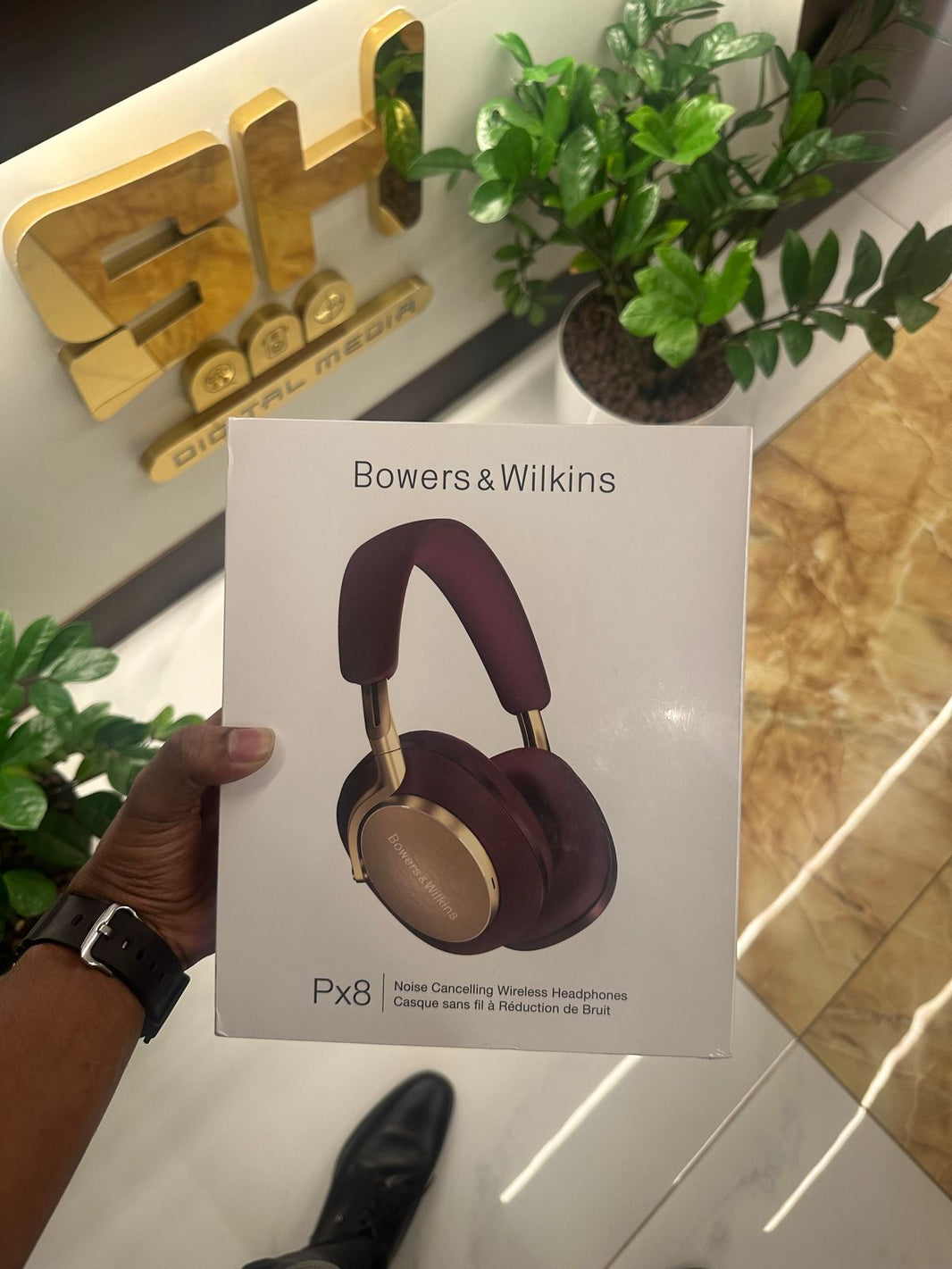“Some people collect the rare records, while others are just starting to enjoy the classic sounds of vinyl. For both, it's more than just a trend. It’s a way of life, a hobby, and something that people really love."
In this post, we’ll talk about why vinyl records are still special, some tips for the beginners through this blog, and why everyone loves that warm, vintage sound of a Vinyl.
The Timeless Appeal of Vinyl in a Digital World
In a world where everything is digital, Vinyl Records have done something surprising they haven’t just stuck around, they have become more popular again. Because, "Playing a vinyl record is more than just listening it’s a ritual. You hold the disc, gently place it, and drop the needle with care. That quiet moment before the music begins feels will be personal for you. Unlike digital music, vinyl has texture. "Each record carries memories, and every sound feels alive."
“If you want to feel the emotions and meaning in a song, vinyl records are the best choice.” It hold a magic which you can feel when you play. Maybe what makes vinyl special is that big, colourful album covers you can hold and look at. Or "Maybe it’s the warm, deep sound that feels more real and lively than the music you listen to on online platforms."
Whatever the reason, Vinyl Records are becoming popular again, showing us that sometimes the traditional, old-fashioned way is better than the new ways. Even today, vinyl invites us to slow down. It doesn’t rush. It asks us to feel the music not just hear it. That’s why vinyl still spins in our hearts!
The History
"Let's starts with its history first.The history of vinyl records begins with the phonograph, which is called the grandfather of the modern turntable. It was invented by Thomas Edison way back in 1877."
This device was a far cry from the record players of today, but the ingenious technology at its core was remarkably similar. The earliest sound recordings in the late 1800s were made on cylinders coated with materials like zinc or glass. These cylinders were recorded and played using the phonograph, invented by Thomas Edison.
And, the phonograph used a hand-cranked needle to carve grooves into the cylinder to record sound, and another needle to play it back. This was a revolutionary invention that laid the groundwork for modern sound playback. About 10 years later, Emile Berliner created the gramophone, which used flat discs instead of cylinders. These discs could only be played, not recorded on, making the gramophone easier to use. Early records were made from shellac and spun at 78 RPM, holding just a few minutes of music per side.
Vinyl records first appeared in the late 1800s but truly gained popularity in the 1940s and mid 1900s, becoming the main way people listened to music from rock and jazz to pop and more. Although the rise of CDs and digital music nearly ended vinyl’s reign, it never disappeared completely.
In the early 2000s, vinyl experienced a major comeback as new generations of music fans embraced its unique feel, the thrill of collecting rare records, and the rich culture surrounding it. Today, vinyl continues to thrive as music lovers rediscover the special experience it offers.
What are Vinyl Records?!
These are analogue discs made from polyvinyl chloride (PVC). Means, it is a round plastic disc that stores music, and it has a spiral line on it called a groove. Also, it will store the music in a tiny groove on their surface. To play it, you need to put the record on a record player which is also called a turntable. A small needle called stylus touches the groove. As the record spins, the groove moves the needle, and these movements are turned into sound. The sound from the record player is sent to the speakers or headphones, allowing you to hear the music clearly.
Different Types of Vinyl Records
Vinyl records come in all sorts of styles, and each type has its own unique charm. The most familiar one is the 12-inch LP, which usually plays at 33 1/3 RPM and can hold about 20 minutes of music on each side great for full albums. Then there’s the 7-inch single, a smaller record that typically spins at 45 RPM and features just one track per side. These were especially popular for radio hits.Where It All Began
"Let’s rewind a bit." Before vinyl even existed, people were playing records made of shellac: a brittle, dark resin that cracked if you so much as looked at it funny. These old discs, known as 78 RPMs, could only hold about a 3 or 4 minutes of audio per side. That meant one song, then flip. One more song, then switch records again. A bit of a hassle, but they back then, it was magic. But, technology didn’t stand still. Soon enough, companies began experimenting with materials and speeds. That’s when vinyl came into the picture, literally changing the way the world listened to music.LPs Take the Stage
The Rise of Rock & Roll
Now picture this. It’s the 1950s, and artists like Elvis Presley, Ray Charles, and India’s very own M.S. Subbulakshmi are captivating audiences. Whether it was the bold sound of early rock & roll or the soul-stirring power of Carnatic music, the LP gave them a platform to reach homes across the world. You weren’t just buying a song anymore. You were buying into a sound, a style, a movement. And it didn’t stop there.
By the 1960s and 1970s, global icons like The Beatles, Michael Jackson, and ABBA were making musical history. At the same time, Indian legends like Ilaiyaraaja, Lata Mangeshkar, and K.J. Yesudas were shaping the golden age of Indian film and classical music all pressed onto beautiful vinyl.
Mono Vs Stereo: A New Way to Listen
Quick fun fact for you is that, back in the day all records were in mono that means the same sound came from both speakers. Then came stereo, and everything changed. Suddenly, music had depth. You could hear vocals on one side, a guitar on the other. It felt like you were right there in the studio. Funny enough, some people thought stereo was just a fad. Even The Beatles released both mono and stereo versions of their albums. Now?! Those old mono records are rare and worth a lot to collectors!The Fall… and the Unexpected Rise
Fast-forward to the '80s. Along came the CD smaller, shinier, and way more portable. Record players got pushed into closets, and vinyl started gathering dust. By the '90s, it looked like the format was fading into history. But guess what?! Vinyl didn’t die it just took a break.
The Comeback No One Predicted
In the 2000s, something beautiful happened. People started falling in love with vinyl all over again. Maybe it was the warm, analog sound. Maybe it was the thrill of holding music in your hands. Or maybe just maybe folks were tired of music feeling so disposable.Now, even in the age of Spotify and smart speakers, vinyl is back and booming. In fact, it’s been outselling CDs in recent years. And we’re not just talking about reissues of old classics today’s artists are pressing brand new albums on wax, from Billie Eilish to Harry Styles to underground indie bands.Why Do People Still Love Vinyl?
"If you’ve never listened to vinyl, you might wonder why it still has such a loyal following." First, the sound quality is something special vinyl plays analog audio without the compression you get from digital formats, delivering a warm, rich, and natural sound that many listeners find more immersive than streaming. But vinyl is more than just the sound; it’s an experience.
Handling the record, placing it on the turntable, and dropping the needle creates a deliberate ritual that slows you down and makes you truly listen. Plus, the album covers are pieces of art you can hold and appreciate, often featuring unique designs, colorful vinyl, or even special shapes that make collecting fun and visually appealing. Finally, vinyl culture brings people together.
A Quick Tip for the New Collectors
If you’re thinking about starting a vinyl collection, here are a few quick tips to get you going: Begin with music that truly speaks to you, rather than just chasing trends. Don’t be afraid to explore used records they often come with unique stories and can be budget-friendly. Investing in a reliable turntable is key it doesn’t need to be high-end, just dependable. Always store your records upright, away from heat and dust, to keep them in great condition. Treat your collection with care, and your vinyl will provide years of rich, warm sound and enjoyment.
Essential Care Tips for Your Record Collection
Taking good care of your vinyl records is essential to keep them sounding great for years. Always store your records vertically in a clean, dry place away from heat and direct sunlight to prevent warping. Avoid stacking them flat, as the weight can bend the discs over time. When handling vinyl, touch only the edges or the center label to avoid transferring oils and dirt to the grooves, which can affect playback quality. Use protective inner sleeves preferably polypropylene or paper lined with poly to keep your records from scratching inside their jackets.
Regular cleaning is important : gently brush your records with a carbon fiber brush before and after playing to remove dust, and occasionally give them a deeper clean with a mixture of record cleaning fluid and distilled water using microfiber cloths. For larger collections, consider investing in a cleaning machine, or try the wood glue method to remove stubborn dirt.
Finally, organize your collection in a way that works for you to keep it accessible and enjoyable. Following these simple steps will ensure your vinyl stays in great condition and continues to deliver that warm, authentic sound you love.
Final Thoughts
Across languages, cultures, and generations, vinyl records still find a place in our hands and in our hearts. In Malayalam too, classics like Chithram, Panchagni, and Nadodikkattu, Godfather, Anaswaram, Welcome to Culcutta, Mughamudra they don’t just play music. But, they carry memories.
"This isn’t just a sound, it’s an emotion carefully preserved in every groove. And today, we hold those very records in our hands a piece of the past, still spinning strong. Because vinyl is more than just music it’s history, it’s art, it’s emotion, and it’s a way of feeling sound instead of just hearing it. It invites you to slow down, listen deeply, and connect with music in a way digital formats simply can’t replicate."
"Whether you're a longtime collector or just curious, there’s no better time to start. Go grab a record, drop the needle, and let the music pull you in. Trust me, once you experience it, you’ll understand why vinyl never really left."



